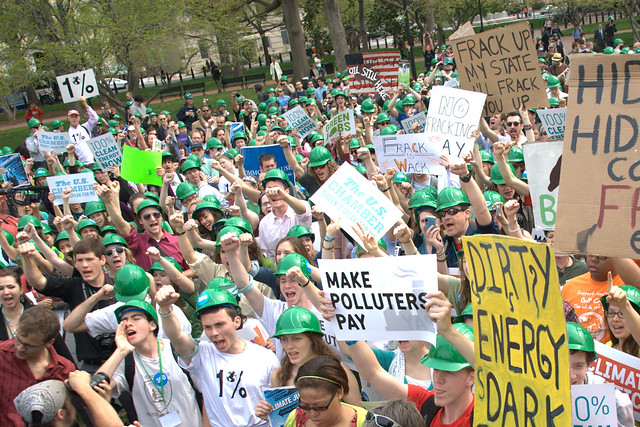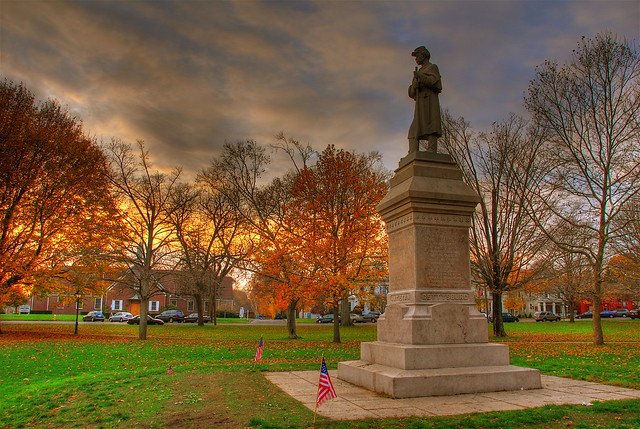
This morning I received an email from Obama for America, the organizing group for President Obama's 2012 campaign, with the headline "This Email Will Offend You."
Here's how the email began:
Adam --Sure, it offends me that one of the biggest oil barons of our time, responsible for more environmental destruction and climate change than maybe any other American (I admit I'm not sure if this is true, but just think of all of that oil...) would quote a vile dictator in reference to the 2012 presidential race. But this email seemed out of touch with something I've been thinking for a little while now -- that Obama himself is alienating his base by disregarding the values that got him elected. Obama the president could not be more different than Obama the candidate. Plus I could think of something that offends me more -- his recent cave on improved ozone standards. As Adrianna Quintero writes on NRDC's Switchboard:
Here's something you and I weren't supposed to find out:
At a private function at a Colorado resort, oil billionaire Charles Koch stood in front of hundreds of conservative millionaires and said the 2012 election will be, in the words of Saddam Hussein -- yes, he decided to quote Saddam Hussein -- "the mother of all wars."
He then read through a list of 32 contributors who gave more than a million dollars each to bankroll the network of corporate special-interest groups that aim to tear down President Obama.
If that offends you, it absolutely should. But it should also motivate you, because you are the only thing that can stop them.
Passing a stronger standard would save (yes, SAVE!) as much as $37 billion per year in health benefits at a cost of roughly $20 billion by:She continues, sharing my frustration with Obama's compromise or inaction on these important issues:
It seems that none of these very obvious questions matter to them [politicians] anymore. Knee-jerk reactions to overblown claims by political rivals are what rule the day and motivate action in Congress and in the Administration. Reason and facts are looked down upon. Thoughtfulness is viewed as pretentious. And protecting our country, our children, MY children, equals political poison.With this sentiment and that of being arrested at the White House taking nonviolent direct action for climate fresh in my mind, I responded to the initial email with this message:
"You know what really offends me? That the man I voted into office in 2008 (my first ever presidential election vote, by the way) on the platform of hope and change has done little on the subject of climate change. His cave on ozone regulation makes me sick, literally and figuratively. I was arrested in front of the White House two weeks ago when I engaged in civil disobedience against the Keystone XL pipeline, which would bring tar sands, the dirtiest fuel on the planet, from Canada to US refineries along the Gulf Coast. If President Obama approves this pipeline, and continues his track record of caving on and not actively pursuing stricter climate policy, I will not vote for him in 2012. I know many of my friends, family members, and fellow concerned Americans feel the same way, and I hope you can somehow relay this message to him."
A group of Keystone XL pipeline opponents recently gathered at an Obama campaign office in Seattle to share this same message with the staff there. They bring up the point that not only are their votes at stake, but also their willingness to donate and volunteer for the campaign and defend Obama to their friends and colleagues.
Obama clearly has some explaining to do or I fear he'll have a tough time of it next November. I never thought Obama would ever be the lesser-of-two-evils candidate, but if he doesn't start proving his commitment to climate and the other core values that so endeared him to us in 2008 he will face that fate and risk being a one-term president.





































